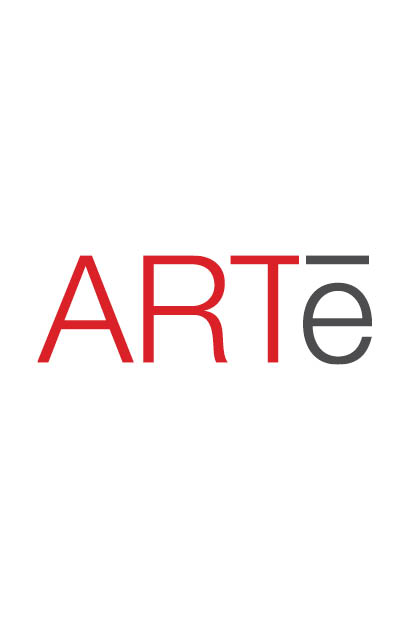Mary Cassatt • American: 1845-1926
Sarah au Bonnet C: 1904 • Lithograph on Paper 20.5” x 17.5”
In an age when women studied art more for the social niceties than career prospects, Mary Cassatt had other ideas. A child of privilege, she enjoyed one advantage granted few upper class, mid-19th century children; a mother who believed in education and strong opinions for women as well as men. Together mother and daughter walked a delicate line between conventional mores and unconventional ambitions. Mary Cassatt stood on her mother’s elegantly dressed shoulders and became a new kind of woman. Unhindered by the domestic responsibilities of being both wife and mother, she became a woman recognized as a giant among the (mostly male) artists of her day.
Yet, her most celebrated paintings were colorful studies of mothers and daughters. We are struck by the conventional subjects chosen by such an unconventional woman. Yet, perhaps we shouldn’t be since Cassatt’s life owed as much to her mother’s influence as her own revolutionary choices.
(story continues below break)
























